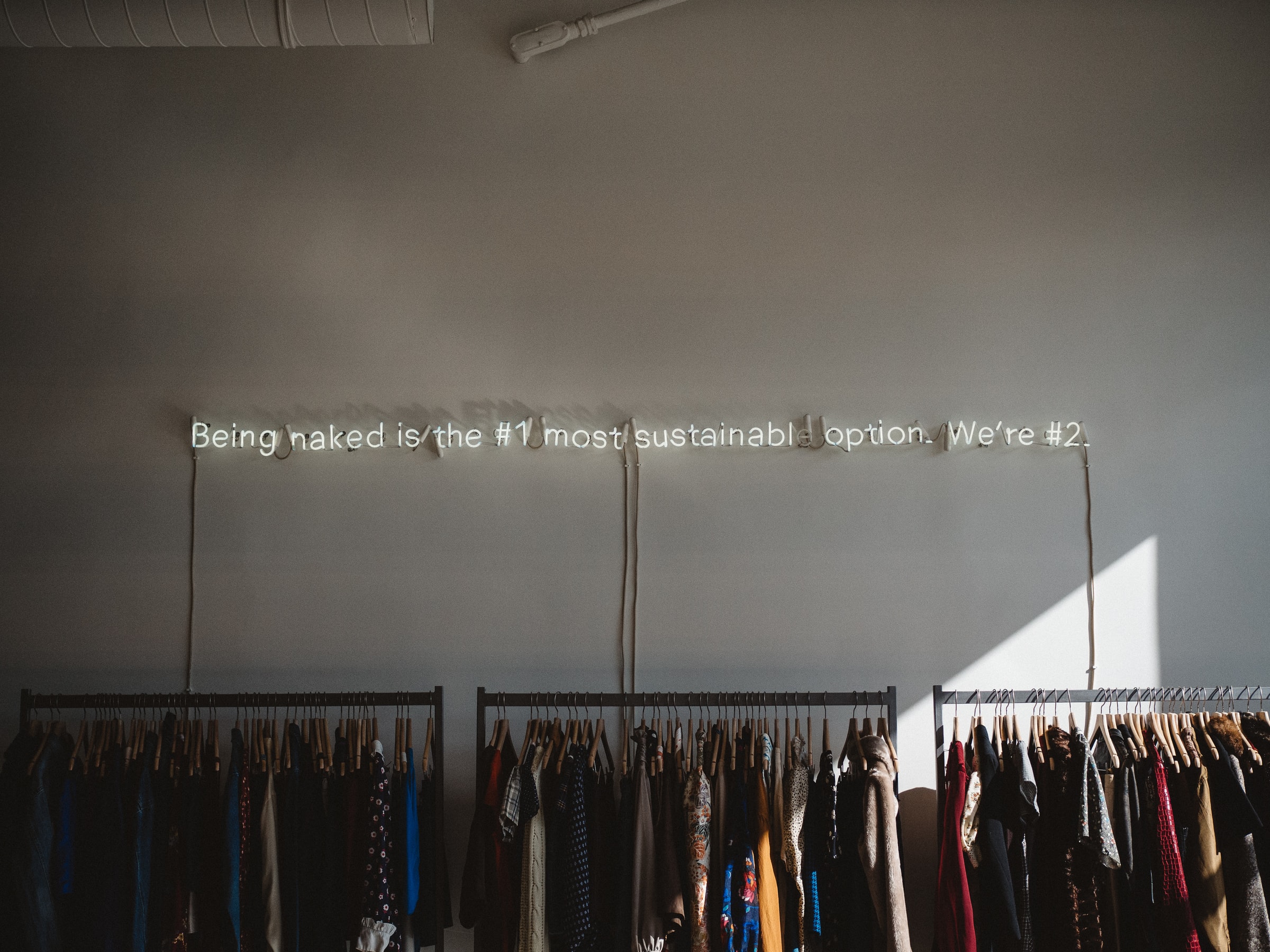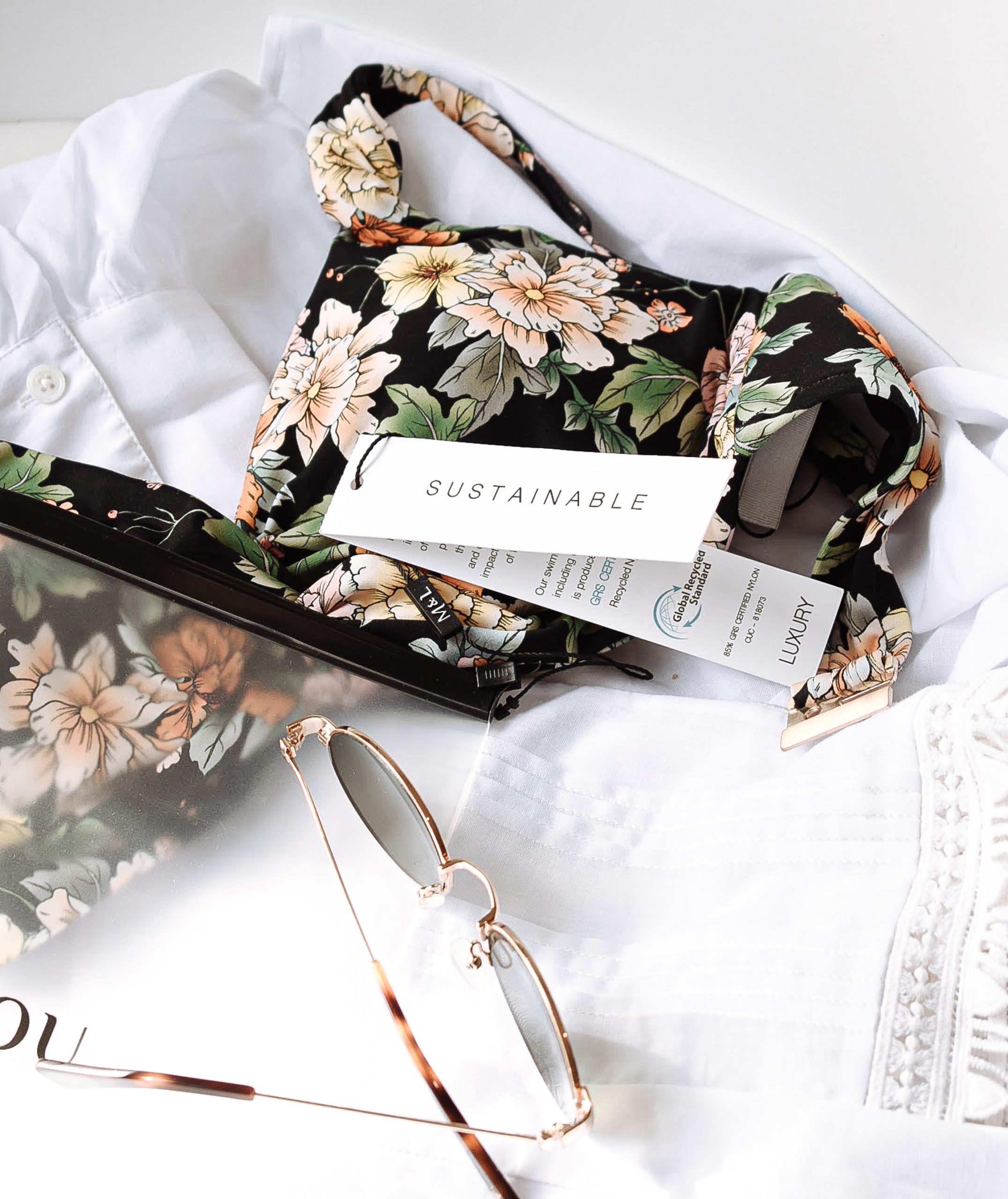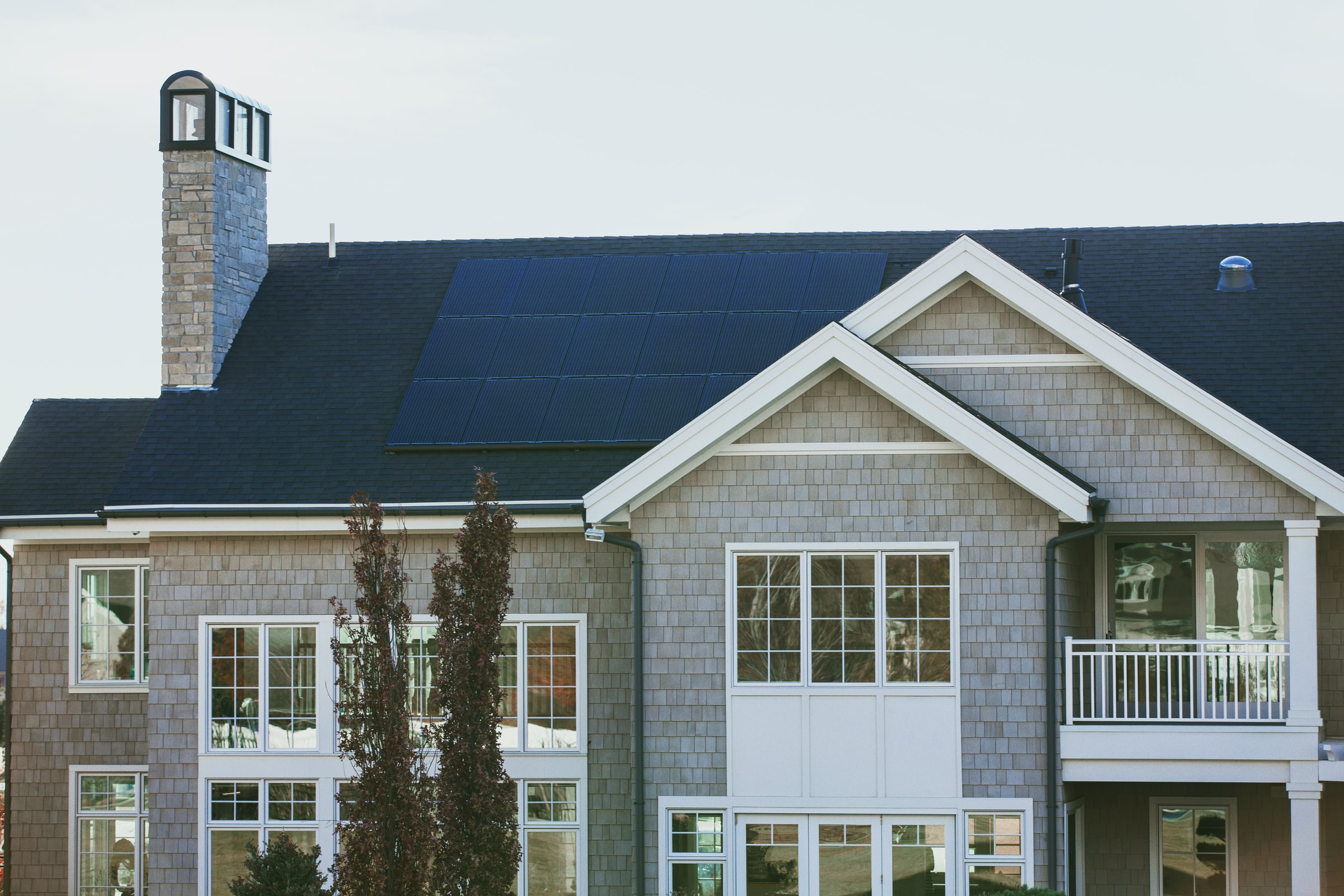June 5th is World Environment Day, and it is important that this date is well marked on the calendar. It serves to remind you of the importance of life on our planet and to make you aware of the importance of contributing to the protection of the environment.
This awareness must start from childhood; that is to say, it must be instilled in the youngest at home from an early age the importance of taking care of the environment. That’s why taking advantage of the arrival of World Environment Day to share with you a list of 6 tips to protect and take care of our planet with the little ones at home.
1. Separate the waste

This action may already be built-in as usual, but if not, you should consider it and start recycling now. Teach your children the importance of separating waste by material and putting it in different garbage cans.
Space doesn’t matter, only desire! Hand out different containers so that you can separate all the items very well and teach your children what they should put in each garbage can. A tip that will encourage your kids to contribute to this action is to reward them with a little something every time they sort the waste well.
2. Playing at recycling
Not everything is garbage; sometimes, things can be put to good use, and create toys with waste. This way, you kill two birds with one stone: on the one hand, you reuse and give a second life to an object, and on the other hand, your children will have a new toy.
Reuse can be a lot of fun for your kids and can even help them develop their imagination. A milk carton can become a paint box; an egg cup can become a crocodile and even create its ukulele out of cardboard. Then we bring you a video with different proposals for toys made with recycled materials. Give a second life to things!
3. Save water

Saving water is one of the basic actions to contribute to the respect of the Environment, and it is one of the actions that you have to inculcate in your children. Turn off the tap while brushing your teeth, replace bathing with showering or flush the toilet using the water-saving option.
These small changes will benefit the planet and also allow you to reduce your water bill. It is important that you incorporate actions like these into your daily life at home because water is a very scarce commodity that we must protect.
4. Reduce plastic
Another mandatory recycling action is to reduce plastic, and you and your children can apply it daily. Avoid buying bottled water, use canteens instead, eliminate plastic straws, and don’t buy packaged juice. Are you tired of filling the plastic bucket every time you go shopping? Start by educating your kids during the shopping process as well: use cloth bags or reuse cardboard bags and buy from markets and bulk stores. You’ll reduce plastic, help local businesses, and benefit from the incredible food that markets and these types of stores will provide.
5. Buy in glass

At the time of purchase, there are endless improvements you can include in your daily life to help protect the environment and reduce waste at the same time. Among the packaged foods, teach your children to choose and buy those packaged in glass.
Glass decomposes faster and pollutes less than plastic; you can also give it a second life. For example, you and your children can renovate your pantry and, instead of plastic containers, store food in those glass containers that you were going to throw away.
6. Use public transportation
Educate your kids to use public transportation: this will not only save your whole family money, but you will also help reduce pollution. If you have the opportunity to walk to get around your city, take advantage of it! You’ll get a lot of exercise by walking. However, if you live in a big city, we encourage you to use public transportation.
Looking for help?

For all your bushfire risk assessment, environmental, weed, and vegetation management, call Land Management Systems now. Because we need to protect our planet’s lungs and because bushfires are the second cause of forest depletion, the number one being deforestation. Planting trees are a surefire way to protect our mother Earth’s lung and make them stronger.
So for all your bushfire assessment, environmental, weed, and vegetation management needs, Land Management Systems is here to help and provide their extensive experience in the matter. So, what are you waiting for? They are only one phone call away! Give them a call now for all your risk management and consultancy need.












 Sustainability in itself is a very vast concept, which is the reason why it has become one of those words that can mean anything, depending on one’s personal opinion and emotional feelings. By default, many are unaware that sustainability is a concept that is defined by our current means of meeting our own needs without compromising the ability of future generations to meet their own needs. “If you burn coal to make electricity or if you use petrochemicals to make plastic, it’s unsustainable” – that’s the world’s definition for something not sustainable, but in my own words, I’d say, if you use up a resource and there is no replacement for it, it’s what I call unsustainable. Or, another way to put it, I’d say, unsustainability can also be defined as a very unhealthy over-consumption trend. And, isn’t that a reality today?
Sustainability in itself is a very vast concept, which is the reason why it has become one of those words that can mean anything, depending on one’s personal opinion and emotional feelings. By default, many are unaware that sustainability is a concept that is defined by our current means of meeting our own needs without compromising the ability of future generations to meet their own needs. “If you burn coal to make electricity or if you use petrochemicals to make plastic, it’s unsustainable” – that’s the world’s definition for something not sustainable, but in my own words, I’d say, if you use up a resource and there is no replacement for it, it’s what I call unsustainable. Or, another way to put it, I’d say, unsustainability can also be defined as a very unhealthy over-consumption trend. And, isn’t that a reality today? During the last decade, an increasing number of companies have been changing their business models, business practices, industrial processes, corporate governance and much more towards a more sustainable way. Walmart, Adidas, 3M, Philips, Proctor & Gamble, Boeing and Cisco were some of the early adopters of business sustainability, but now, more leading companies like Apple, Patagonia, Google and even Amazon have pledged to reduce their carbon footprint and help in making the world a better place.
During the last decade, an increasing number of companies have been changing their business models, business practices, industrial processes, corporate governance and much more towards a more sustainable way. Walmart, Adidas, 3M, Philips, Proctor & Gamble, Boeing and Cisco were some of the early adopters of business sustainability, but now, more leading companies like Apple, Patagonia, Google and even Amazon have pledged to reduce their carbon footprint and help in making the world a better place.
 In Christian faith, we often refer to “hunger” as the spiritual need to feed on Jesus Christ and the Word of God. However, as human beings, we need food to survive and it’s a fact that famines have been one of the greatest challenges humanity has always faced. But, let’s not forget that our mighty Lord has promised to provide for all those who would believe in Him (John 5: 36). “Give us this day our daily bread” (Matthew 6: 11) is one of God’s promises to give us our daily food.
In Christian faith, we often refer to “hunger” as the spiritual need to feed on Jesus Christ and the Word of God. However, as human beings, we need food to survive and it’s a fact that famines have been one of the greatest challenges humanity has always faced. But, let’s not forget that our mighty Lord has promised to provide for all those who would believe in Him (John 5: 36). “Give us this day our daily bread” (Matthew 6: 11) is one of God’s promises to give us our daily food.













